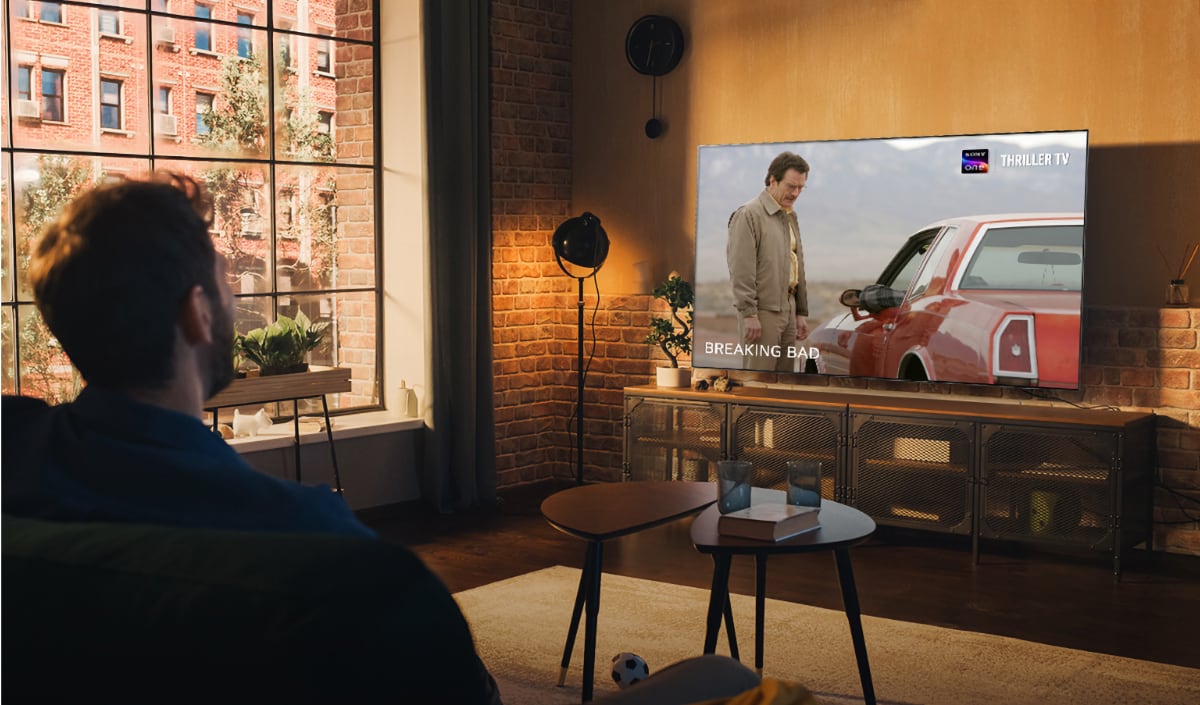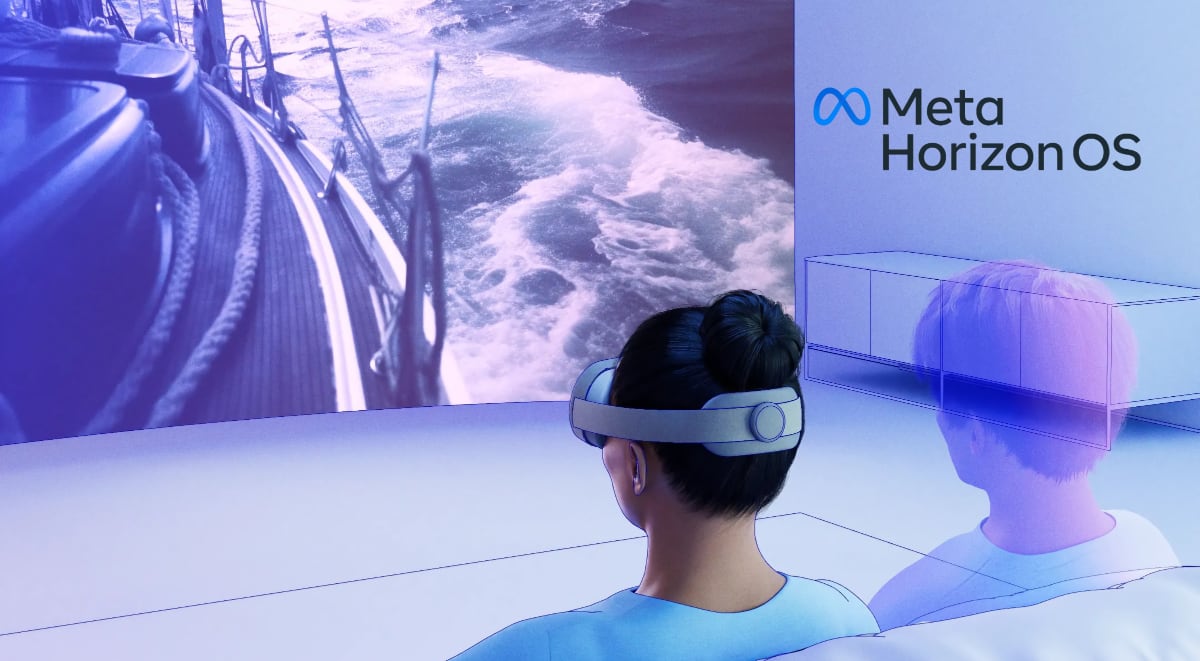The current HDMI 2.0 standard added support for HDR (high dynamic range) through a HDMI 2.0a revision. The next version of the popular interface standard will be HDMI 2.1 that adds support for “dynamic metadata” for HDR, according to Philips.
HDMI 2.1 with dynamic metadata
The HDMI Forum has yet to acknowledge the existence of HDMI 2.1 but according to a whitepaper from Philips, HDMI 2.1 will fix one of current limitations of HDR signals.
- “HDMI 2.0a covers HDR EOTF signaling and static metadata. Dynamic metadata is to be covered in HDMI 2.1”, Philips wrote.
The best way to understand the advantage of “dynamic metadata” is probably to think of the current HDR-capable TVs on the market. The current TVs have different picture characteristics for maximum brightness, color gamut etc. With dynamic metadata signaling a specific TV would be able to optimize picture performance scene-by-scene based on its hardware/picture capabilities.

The current HDMI 2.0a standard supports only “static metadata”. So let’s say that you are watching a UHD Blu-ray movie; with static metadata it would use one overall HDR grade for the entire movie. With dynamic metadata it is possible for the studio mastering team to change the HDR grade on a scene-to scene basis to improve the picture experience, if they so wish.
The open HDR10 format, which is mandatory in the UHD Blu-ray standard and supported by streaming services, currently relies on static metadata. The Dolby Vision format, on the other hand, is created with dynamic metadata in mind. Dolby has said that Dolby Vision allows it to deliver even more impressive HDR picture quality, and the company is trying to position it as a premium HDR experience.
Dynamic metadata would also make it possible to accurately down-convert HDR (high dynamic range) material to SDR (standard dynamic range = what we’re seeing today).
The new DisplayPort 1.4 standard will also add support for dynamic metadata for HDR.
It is not clear when we can expect HDMI 2.1 to debut in products and whether it will be possible to firmware upgrade current 2.0a ports in HDR-enabled TVs.
- Source: Blu-ray.com, tip by Kristoffer Abildgard










